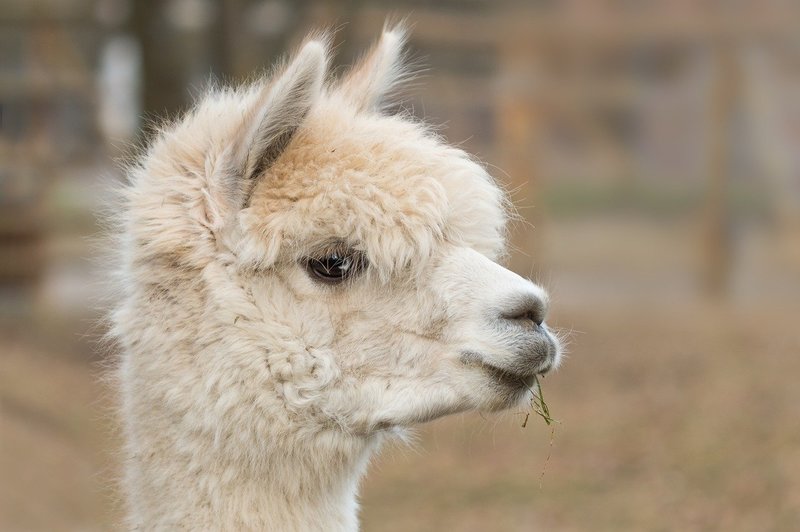How much does an alpaca blanket cost in the streets of Peru?

Street vendors might outwit unwary tourists with overpriced alpaca blankets that turn out to be fake.
The simple answer is it’s pretty expensive—and for good reason.
As you travel to Cusco, be armed with knowledge about alpaca fiber to know how much you should pay.
If you’re buying online, those garments are most likely imported from Peru as well, so the standards should be the same.
Read about the factors that affect the price of alpaca blankets in this article.
Figuring Out How Much Does An Alpaca Blanket Cost
The highlands of the Andes mountains, where alpacas are exclusively raised, is the source of almost all alpaca fiber.
Organizations like the International Alpaca Association oversee the standard of manufacturing alpaca wool.
Before you purchase a blanket, make sure that the source is legal, practicing ethical breeding methods.
Depending on the breed, the fleece can have a range of 22 different colors, all-natural.
Apart from blankets, the softness of alpaca fiber makes it a popular material to use for pillows, sweaters, and yarn.
Among all kinds of fiber, alpaca is one of the most expensive, due to the high quality of fabric.
One determines the grade of alpaca by rating it with microns, where 21-23 is the highest grade.
All the sought-after aspects are present: soft, lightweight, durable fabric. Blankets made from alpaca provide years of comfort if properly cared for.
One cultural aspect is noteworthy, however. In Peru, alpaca blankets are rare since blankets are not household items.
If you try your luck online, you can get blankets sold for $100—in Peru, this will cost about $250.
How To Tell Real Alpaca Wool From Fake Ones
Knowing the distinction between Huacaya and Suri, the two types of alpaca, is important to tell a fair price for a blanket. Often, the subtle differences slip by unnoticed.
To know which is which, take note of Huacaya being fluffy and Suri being silky and shiny.
Avoid scams like the plague. Run some tests to see if you’re buying authentic alpaca.
There are three simple and quick tests you can do to be skeptical.
Test #1. Softness test
Alpaca is prized for its incomparable softness. Almost everyone’s skin doesn’t react to it in any violent way.
If you rub the blanket against your skin and see clues of irritation, you can bet it’s not made of alpaca.
Test #2. Temperature test
Telling apart from touch is also one way of identification. Alpacas, although warm when wrapped around you, are cold to the touch.
This happens because the fibers are natural, unlike synthetic ones that hold heat.
Test #3. Price test
Check the deals if they are sound or far-fetched. Often, sellers would market the blankets they are selling as “baby” alpaca, the highest grade there is.
The truth is, you will most likely find those only in high-end stores, sold $20 pricier than regular alpaca.
The Benefits of Alpaca Blankets
Compared to sheep’s wool, alpaca fiber is significantly lighter, but three times stronger.
Still, it provides about five times more warmth, making it a luxury for the winter season.
As for the texture, the smoothness is akin to silk, and the fine threads are reminiscent of cashmere.
-The living conditions of alpacas in these areas are luxurious, too, as the animals play an important role in South American culture.
As such, they roam free on the wide pastures and get the best health care.
Shearing them once a year keeps them healthy as they get relief from pounds of fur accumulating in their body heat.
Unlike most variants of wool, alpaca doesn’t hold as much moisture. With nothing to cling to, the droplets of water slide past it.
In alpaca fiber, bacterial growth is discouraged, so no offensive odors stick to you.
What is the difference between “royal” and “baby” alpaca?
These terms are labels for the grade of alpaca based on the fiber’s thickness, usually in microns.
If the fiber is 19 microns or less, then it’s a “royal” alpaca. On the other hand, a thickness of 19-21 microns would classify it as a “baby” alpaca.
Why does this matter? Because the “baby” alpaca is superior to the other, in price and quality.
Baby alpaca is often found in the chest of an adult alpaca, the softest region in the body.
For this reason, baby fiber is much softer and silkier, about seven times warmer than wool, and breathable, too.
Why do prices vary?
Shopping online is no match to shopping in Peru, where products are handmade by locals.
There is a massive price difference depending on where you buy.
While bartering may be acceptable in local markets, certified shops have fixed prices.
Is alpaca itchy if worn?
Usually, this isn’t the case due to the absence of lanolin in the fiber.
For people wearing wool, it’s the presence of lanolin causing itchiness, and alpaca is nearly devoid of it.
Scenarios of redness, bumps, or irritation in the skin are seldom, making the alpaca hypoallergenic.
Conclusion
How much does an alpaca blanket cost online or in Peru? Either way, it will be expensive. At least, you can count on the craft of alpaca blankets to justify the price.
